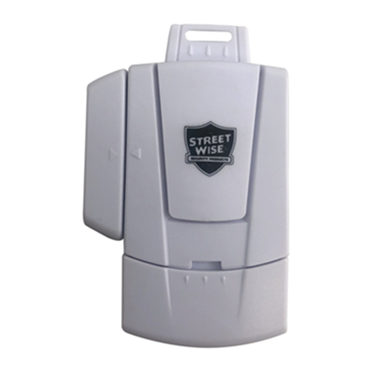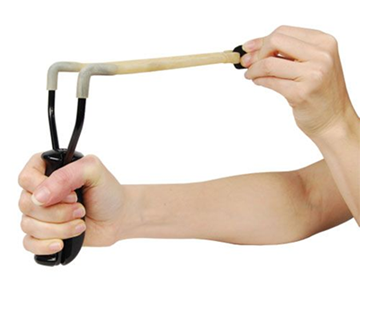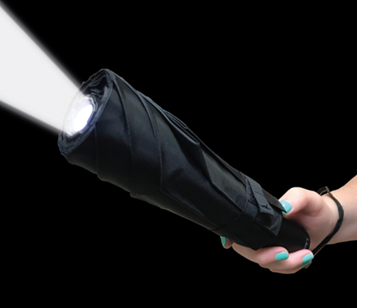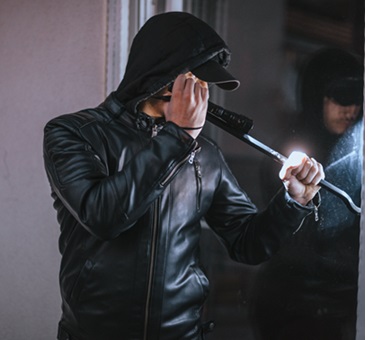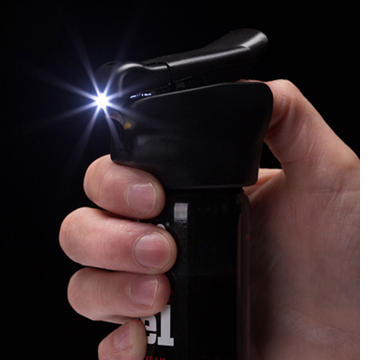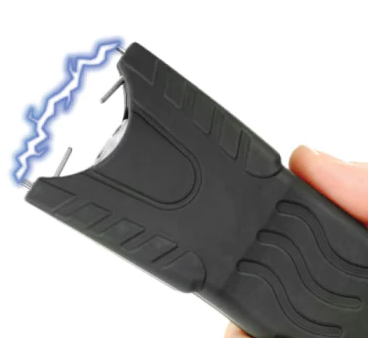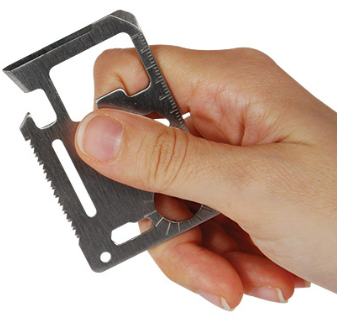How to Master the Art of Knife Throwing
 Knife throwing, a centuries-old skill that combines precision, focus, and technique, has captivated people with its blend of artistry and danger. Whether you're drawn to the challenge, seeking a unique hobby, or aiming to impress friends at a gathering, learning how to throw knives can be a rewarding experience. In this comprehensive guide, we'll take you through the fundamental steps of knife throwing, from selecting the right knives to mastering the techniques required for a successful throw.
Knife throwing, a centuries-old skill that combines precision, focus, and technique, has captivated people with its blend of artistry and danger. Whether you're drawn to the challenge, seeking a unique hobby, or aiming to impress friends at a gathering, learning how to throw knives can be a rewarding experience. In this comprehensive guide, we'll take you through the fundamental steps of knife throwing, from selecting the right knives to mastering the techniques required for a successful throw.
Before you embark on your knife-throwing journey, it's crucial to choose the appropriate knives for the task. While specialized throwing knives are designed for this purpose, you can also use traditional knives with the right design characteristics. Here's what to look for:
-
Balance: A well-balanced knife is essential for accurate throws. Look for knives with a balanced distribution of weight between the blade and the handle.
-
Length and Weight: Throwing knives are typically between 8 to 12 inches long and weigh around 200 to 300 grams. However, these specifications can vary based on personal preference and skill level.
-
Construction: Opt for knives with a single-piece construction to ensure durability. Avoid knives with handles that can break or detach during throws.
Safety should always be your top priority when practicing knife throwing. Choose a suitable location that minimizes the risk of accidents and follows these guidelines:
-
Clear Space: Ensure the throwing area is free of obstacles, people, and animals. Maintain a safe distance from walls, windows, and other structures.
-
Backstop: Set up a sturdy backstop to catch the knives and prevent them from ricocheting. A wooden target or a foam board can work well as a backstop.
-
Lighting Conditions: Adequate lighting is crucial for accurate throws. Practice during daylight or in well-lit conditions to enhance your visibility.
Mastering the proper grip and stance is essential for consistent and accurate throws. Follow these steps:
-
Grip: Hold the knife with a firm but not overly tight grip. Your index and middle fingers should wrap around the handle, while your thumb rests on the spine of the blade.
-
Stance: Stand about 8 to 12 feet away from the target. Position your dominant foot slightly ahead of the other, maintaining a comfortable and balanced posture.
There are different throwing techniques you can experiment with, but we'll focus on the no-spin and half-spin techniques, which are suitable for beginners:
-
No-Spin Technique: Hold the knife by the handle and throw it with a straight-arm motion. Focus on a smooth release and a follow-through with your arm extended.
-
Half-Spin Technique: Hold the knife at the blade's midpoint, ensuring that the handle and blade are equally balanced. Perform a half-spin during the throw by rotating your wrist. The knife should complete half a rotation in the air before hitting the target.
As with any skill, practice is essential for mastering knife throwing. Here are some tips to keep in mind during your practice sessions:
-
Start Close: Begin practicing from a short distance and gradually increase the distance as you improve your accuracy.
-
Consistency: Focus on consistency in your grip, stance, and throwing technique. Repetition helps build muscle memory and improves your accuracy.
-
Adjustment: Pay attention to how the knife behaves during each throw. Adjust your technique based on how the knife lands on the target.
Conclusion
Knife throwing is a captivating and challenging skill that requires dedication, practice, and safety precautions. By selecting the right knives, creating a safe throwing environment, mastering your grip and stance, and practicing different techniques, you can embark on a journey to becoming a proficient knife thrower. Remember that progress takes time, so be patient with yourself and celebrate even small improvements. As you hone your skills and gain confidence, you'll find that knife throwing offers a unique blend of focus, artistry, and achievement that can make it a truly rewarding hobby.
See cost of throwing knives

